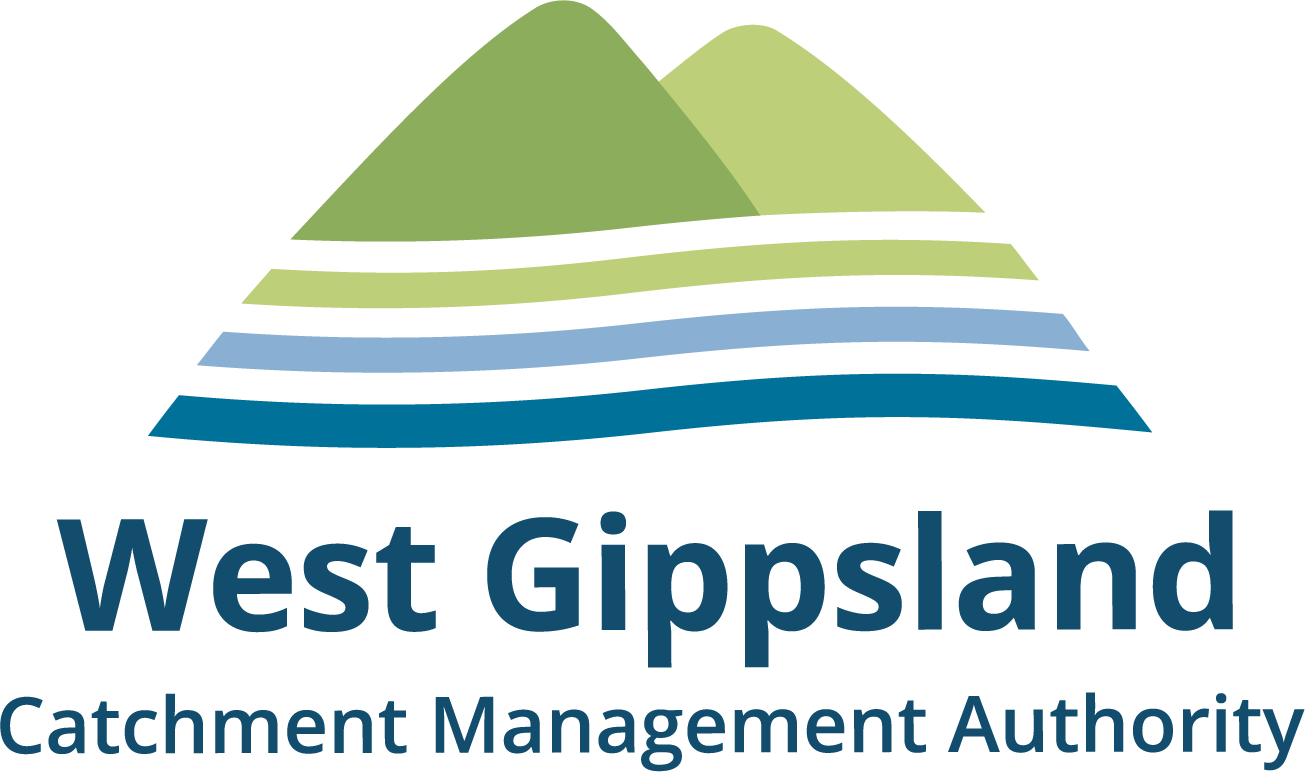An eight year action for river, wetlands and estuaries…
West Gippsland Waterway Strategy 2014-2022
The strategy guides future investment in waterway management and we are required by the Victorian Government to produce a Waterway Strategy, which provides a single, regional planning document for waterways in West Gippsland.
The Waterway Strategy has been broken into five parts for easy download, all of these files are under 2MB in size.
Part 1 – All of Part A Overview of the Waterway Strategy
Part 4 – The second part of Part D Works Program
Traditional Owner priorities – Discussion paper
Aboriginal and Torres Strait Islanders have a strong cultural connection to Country and the preservation of cultural heritage is extremely important. There are many areas of Aboriginal cultural sensitivity within the West Gippsland region, waterways in particular are significant. The Gunaikurnai, Bunurong, Boon Wurrung and Wurundjeri peoples are the traditional custodians of the Country covered by this region.
These cultural priorities are included in the Waterway Strategy, and were developed from the discussion paper which includes how the Traditional Owner groups were engaged.
West Gippsland Waterway Strategy – part of a bigger picture
The West Gippsland Waterway Strategy is part of the bigger picture of waterway management. We want to ensure that this strategy is consistent with the planning framework established through the Regional Catchment Strategy and the Victorian Waterway Management Strategy.
Actions from this strategy will provide input into more detailed management plans and environmental water management plans.



